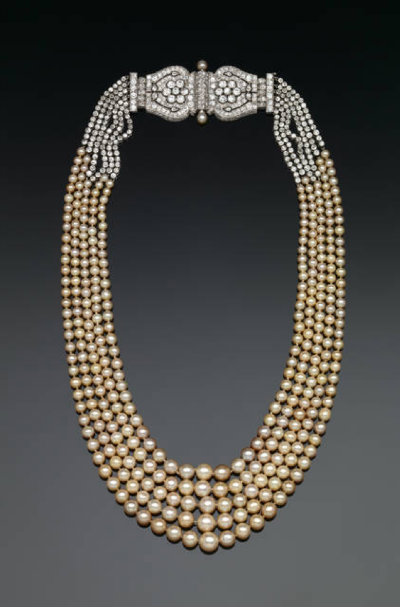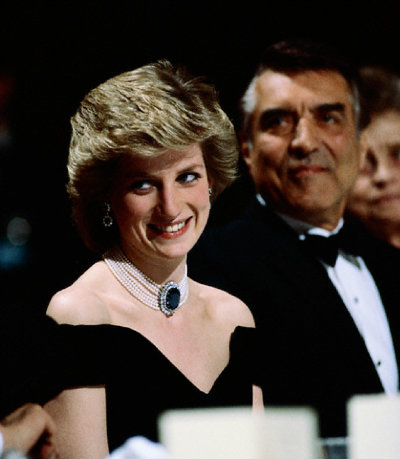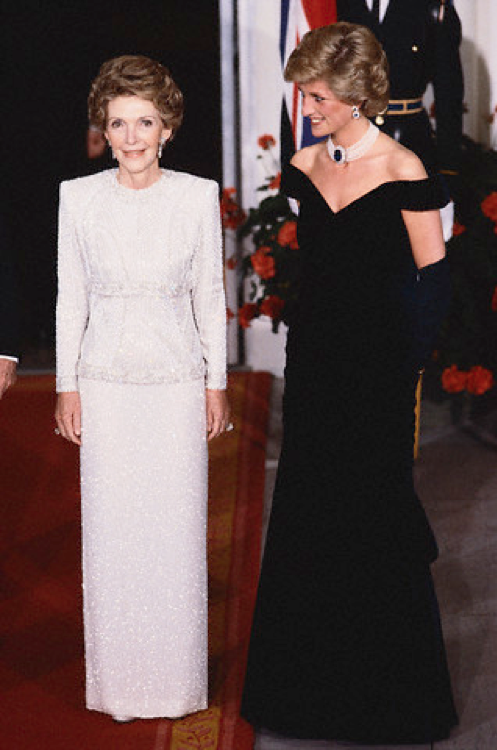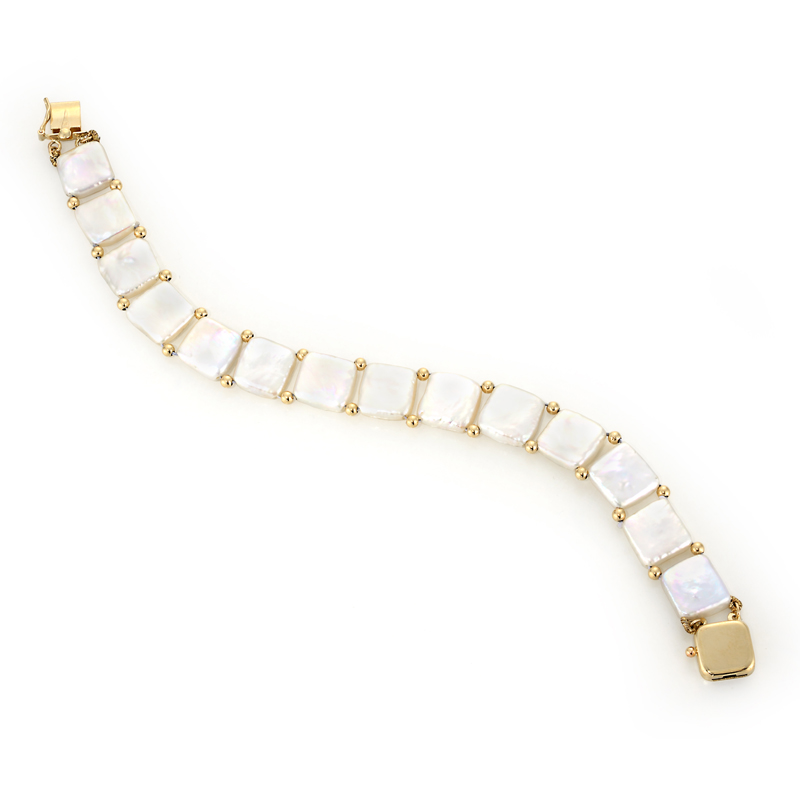Those of you born in June, like our daughter Amy, are lucky to have three unique and amazing birthstones to choose from; alexandrite, pearl and moonstone. In this blog I’ll discuss that classic beauty, pearl. I created separate blogs: June Birthstone: Moonstone - facts and lore and June Birthstone: Alexandrite - facts and lore.
Pearls have been treasured for their lustrous, creamy texture and subtle iridescent reflections since the dawn of humankind. Over 4000 years ago a Chinese historian first wrote about pearls, making them the earliest known gem to be highly prized, long before diamonds and gold. During the Dark Ages, knights wore pearls into battle in order to protect them from harm. Royal courts during the Renaissance forbid the wearing of pearls by anyone other than royalty.
Click the link to browse the current 100 East Fine Jewelry Cultured Pearl Collection. Some of our recent offerings include these outstanding cultured pearl pieces:
There is also plenty of lore associated with pearls. According to ancient Chinese legend, the moon holds the power to create pearls, instilling them with its celestial glow and mystery. Pearl was believed to possess mystical and healing powers. Ancient Asian cultures used pearls in medicinal ways. Roman women slept with them under their pillows to sweeten dreams. Early Hindus revered them as a symbol of purity in marriage.
Pearl Classification
Pearls are the only gemstone formed within a living creature, making them unique in the world of colored gemstones. According to the US Federal Trade Commission, pearls are classified as:
- Natural or real pearls – they occur when an irritant finds its way into the soft tissue of a mollusk or oyster. The animal secretes layers of nacre to cover the irritant, forming a pearl. There is no human involvement in the process. Natural pearls can form in fresh water or salt water, are extremely rare (1 in 10,000 shells) and are difficult to recover from the ocean's depths.
- Cultured pearls – a human inserts a bead, a tissue graft or both into a freshwater mussel or saltwater mollusk. The animal is returned to the water in a ‘farm’, where it proceeds to cover the irritant with layers of nacre to create cultured pearls. Commercial pearl culturing was developed in Japan by Kokichi Mikimoto in 1893, building upon earlier Chinese research. In 1916, Mikimoto began mass production of cultured pearls.
- Imitation pearls – man-made from plastic or some other non-mollusk derived material
In everyday life, if a person asks if a pearl is real, he or she is most likely asking if it’s a fake or imitation. A cultured pearl is valuable in its own right and produced by a real, living animal, just like natural pearls. The major differences between natural and cultured pearls are the nature of the irritant introduced into the animal along with the human involvement in introducing the irritant. Today, cultured pearls are available in both freshwater and saltwater varieties, being grown and harvested in many parts of the world, with the majority of cultured pearls coming from Japan, China and the South Pacific. A June birthstone, pearl is also a recognized gift for the 3rd and 30th wedding anniversaries.
Types of Pearls
Pearls are traditionally thought of as white, which is far from the truth. They actually come in a broad array of colors. Described below are the four major types of pearl, along with detail on where they’re found, culturing, etc:
- Akoya Pearls — this classic white pearl with a mirror-like sheen and perfectly round shape is familiar to many jewelry customers. Akoya pearls also come in rose, cream, yellow and blue to gray colors. Japan and China are the major sources of saltwater akoya cultured pearls, which range in diameter from 3 mm to 10 mm, with 5 mm to 8 mm the most popular. On average, it takes 6 months to 2 years for an akoya pearl to be grown.
- South Sea Pearls — these white and golden saltwater pearls are known for their large sizes (10 mm to 20 mm in diameter) and rich luster. Australia (satiny white), the Philippines (creamy golden) and Indonesia (colors from white and cream to silver, pink and gold) are leading sources. It requires approximately 2 years to grow a South Sea cultured pearl.
- Tahitian Pearls — often referred to as black pearls, they actually range from light to dark gray, often with overtones of green, blue and purple. These saltwater cultured pearls are farmed primarily in Tahiti, ranging in size from 8 mm to 16 mm, with 8 mm to 10 mm most popular. It takes 1.5 to 2 years to grow a Tahitian cultured pearl.
- Freshwater Pearls — are usually cultured in freshwater mussels living in rivers, lakes and ponds, mainly in China, but also Japan and the United States. Freshwater pearls grow in many shapes and most pastel colors, including white to silver-white, many shades and saturations of pink, purple, orange and gold. The most common colors are white, pink-orange and purple. Typical sizes of freshwater cultured pearls range from 1 mm to 14 mm. The largest known round cultured pearl is nearly 22 mm (approx 7/8 inch) in diameter. Baroque shapes can be elongated and be over 35 mm in length. Improvements in cultivation techniques allow a single mussel to produce more than one pearl at a time. Freshwater cultured pearls can take from 1 to 6 years to grow.
Pearls are most commonly thought of as round, but they actually form in a variety of shapes. The two major categories are:
- Symmetrical – these include round, near-round, oval, drop (including pear and teardrop shapes), button, coin and bar (rectangular and square).
- Baroque – described as all non-symmetrical and unusual shapes. Such terms as barrel, chunky, pillow, petal, etc are used to sub-categorize baroque shapes.
Unlike diamonds, with the 4 C’s, pearls do not have a recognized and clearly defined grading system. However, the following factors help determine a pearl’s value:
- Luster - the reflection of light from the surface of the pearl through the multiple layers of nacre deposited during its creation. The higher the luster, the more brilliant and pronounced the level of shine and reflection. This is the single most important quality factor.
- Size - measured in millimeters. For round shapes, the size relates to its diameter. Other shapes are measured by length, width and depth. All other factors being equal, the larger the size, the higher the price. Size and value are relative to a particular pearl type.
- Surface Quality - the extent to which the pearl is free of blemishes (scratches, bumps, ripples, dimples, pits, cracks and peeling). Imperfections are not always a negative, depending on the type, size, number and position.
- Nacre Thickness - the thickness of the nacre and how it layers to form the pearl. Thicker nacre allows for a much deeper, intense luster and often a more uniform surface texture.
- Color – pearl color is a combination of body color (overall pearl color), overtone (noticeable translucent colors that overlies body color) and orient (a form of iridescence that appears to be just below the surface). Not all pearls display all three characteristics. While color can be a personal preference, the most valuable colors are relative to a specific pearl type.
- Shape - Round pearls are most rare, making round, fine pearls among the most expensive. Baroque pearls are most exciting for designers.
The single most important phrase to remember when caring for pearl jewelry is: “Last on – first off”. This means that you should put your pearl jewelry (actually any jewelry) ON LAST, that is, after you’ve applied all your make-up, perfumes and other sprays. At the end of the evening, your pearl and other jewelry should be FIRST OFF, that is, removed before pulling off clothing, washing yourself, etc. A false myth exists that pearls need body oils to keep their luster. Oils can stain and ruin your pearls. To learn more about caring for your fine jewelry, please read our blog Caring For Fine Gemstone Jewelry. The best cleaning option for pearls is warm, soapy water with a soft child's tooth brush. For additional details, please read our blog Cleaning Fine Gemstone Jewelry.
Fun fact: In 1917, Pierre Cartier traded a double strand of natural pearls for a mansion at 653 Fifth Avenue in New York City.
Credit American Gem Trade Association, Gemological Institute of America and the Cultured Pearl Association of America.
Famous Pearl Jewelry
Two examples of famous pearl jewelry pieces:

- Dunn Pearl Necklace - this beautiful necklace has five rows of graduated natural pearls with a magnificent diamond, pearl, and platinum clasp, made by Cartier in the 1920s. The necklace contains 339 well matched, cream colored natural pearls ranging in size from 3.3 mm to 7.8 mm in diameter. The platinum clasp is a beautiful example of the Art Deco era with six diamond chains on each side that attach to the stands of pearls. 428 old mine cut diamonds are mounted in the clasp and chains with a total weight of approximately 16 carats. The Dunn Pearl Necklace is an elegant example of the superb style and craftsmanship of Cartier. Mrs. Arthur Wallace Dunn donated the necklace to the Smithsonian in 1977.
- Princess Diana’s Seven Strand Diamond and Sapphire Pearl Choker – advertised as "The seven-strand pearl choker that stunned the world." The large sapphire with two rows of diamonds surrounding it was originally a brooch given to the Princess by Queen Elizabeth the Queen Mother as a wedding gift. The Princess wore it as a brooch on two occasions but had it altered to a choker.
Princess wore the following necklace as a brooch on two
occasions but had it altered to a choker.
| Princess Diana Smiling Princess Diana wears black evening gown and pearl choker to a formal event. |
||||
| Image: © Tim Graham/CORBIS | ||||
|

| First Lady Nancy Reagan Standing
with Princess Diana Princess Diana attends a dinner with First Lady Nancy Reagan. |
||||||
| Image: © Tim Graham/CORBIS | ||||||
|



